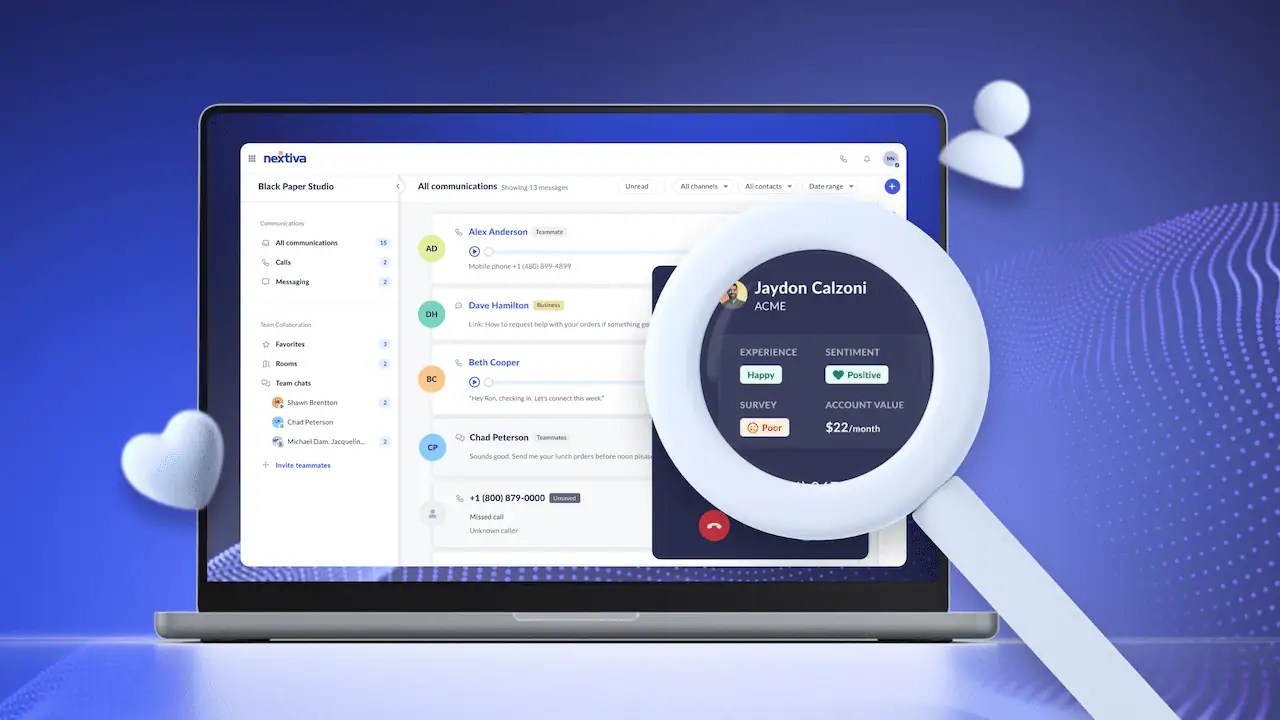Productivity
These no-fluff guides go deep into ways to maximize your time to get more done — simple as that. Apply these actionable tips to unlock even more success.
Recent Posts
All posts
Posts pagination
Valuable Resources for Your Success
PLATFORM WORTH
BETTING ON
The Power of CX in Driving Business Growth in 2025


Virtual Summit:
🔸 Kate Hodgins
🔸 Ben Kirchner
🔸 Jake McCurdy
🔸 Irwin Laza
🔸 Wayne Butterfield
🔸 Jeannie Walters
Top Strategies for Unified Customer Experience Management


Ben Kirchner
Senior Manager, Product Marketing, Nextiva
ACHIEVE
INSPIRE































